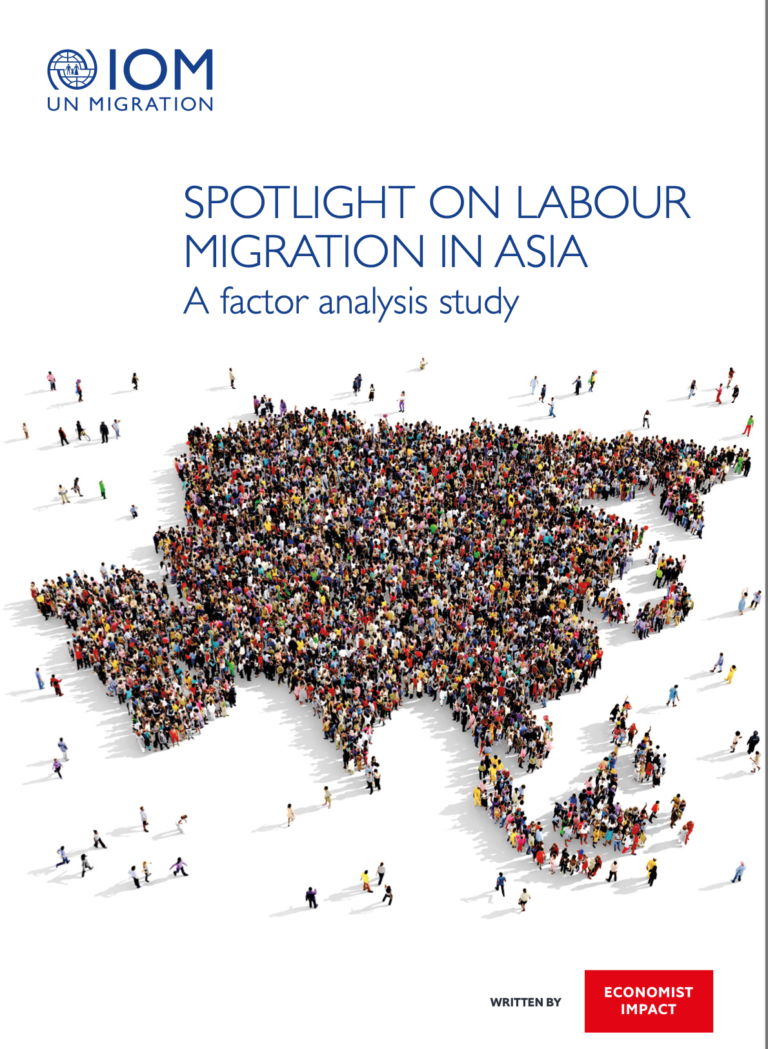Migration has always been a powerful engine of prosperity for individuals and the countries between which they move, filling key gaps in labour markets in destination countries and channelling vital financial resources to origin countries through remittance flows. Migration dynamics are subject to continual shifts, driven by relative economic performance of countries, technological change and demographic transition. Ageing populations and rising educational attainment lead populations in destination economies to desire higher-paid roles, while higher-wage migration is required in Asia to fill labour market gaps.The combination of migration’s essentiality to origin and destination countries and its changing flows require all stakeholders, including governments, employers and workers, to continually monitor and respond to new opportunities and risks. Low-wage migrants are vulnerable to multiple forms of exploitation which may worsen over time as they move to different locations or access new segments of the labour market.
This report explores how low-wage international labour migration in Asia1 has changed over the last two decades, identifies the drivers behind these changes, and analyses how risks and vulnerabilities faced by migrants have evolved in parallel. Based on current economic, social, political and technological trends, it then looks at how migration dynamics in the region may evolve over the coming years and decades, and considers the steps needed to maximize the benefits and mitigate the risks of this critical but often dangerous journey.

